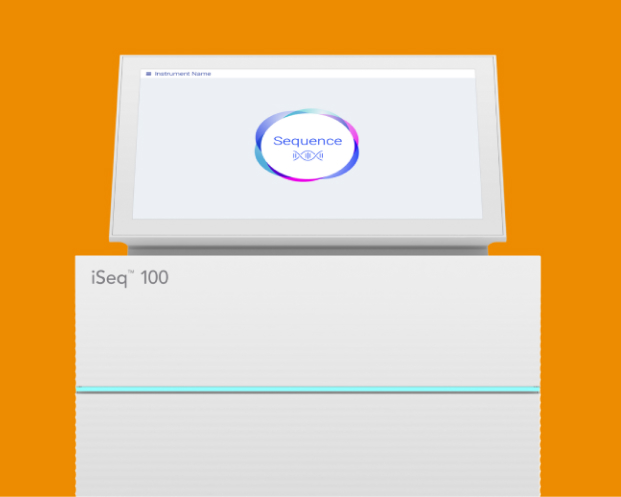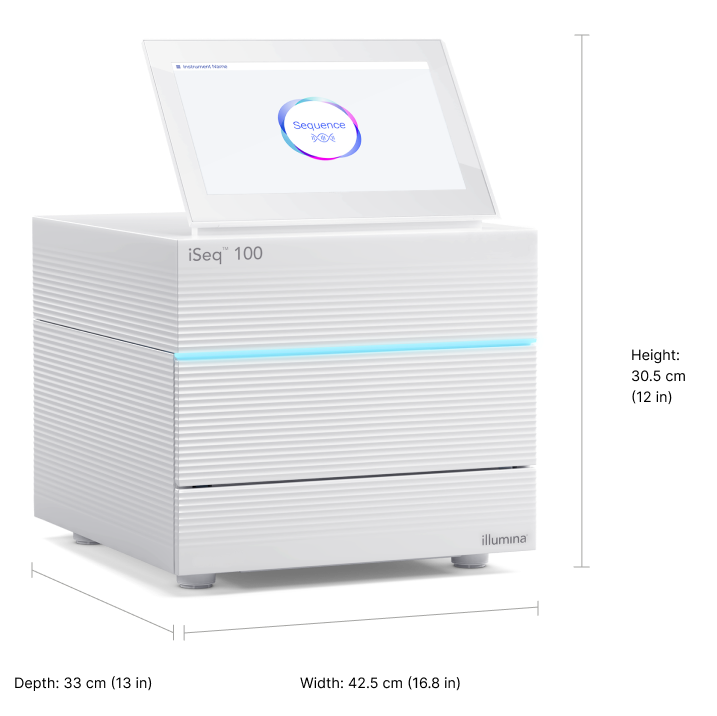What is read length?
Sequence read length refers to the length of each sequenced DNA fragment and whether it is sequenced from one end or both ends. For example, a 2 × 150 bp run generates two reads (forward and reverse) of 150 base pairs for each DNA fragment. Longer read lengths are preferred over shorter read lengths because they have a better probability of spanning repeats in the DNA sequence.

